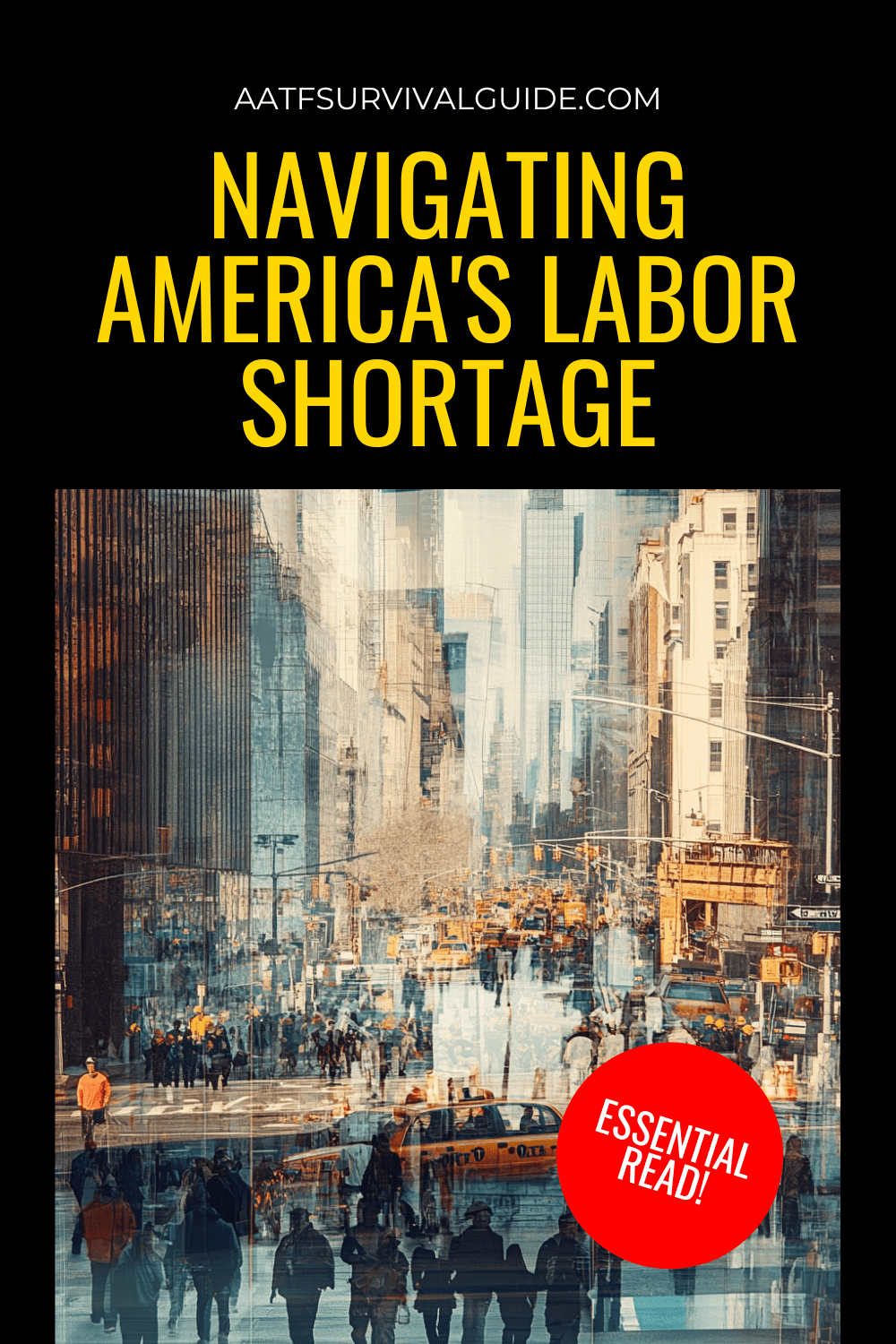
The labor landscape in America has been drastically reshaped by the COVID-19 pandemic, triggering what many have termed "The Great Resignation." In 2022 alone, a staggering 50 million workers turned in their resignation letters, a continuation of a trend that saw 47.8 million resignations the year before. However, 2023 brought a subtle shift with 30.5 million resignations by August, signaling what may now be better described as "The Great Reshuffle."
The Great Reshuffle: A New Era of Workforce Dynamics
Amidst high quit rates, the hiring surge across various industries paints a picture of a workforce in transition. Employees are not just leaving; they are moving toward opportunities that promise better work-life balance, improved compensation, and a positive company culture. This shift is reshaping industries and prompting businesses to rethink their strategies to attract and retain talent. For businesses, adopting resilient workplace solutions could be a critical step in adapting to this new era.

The Great Reshuffle: Workers transition between industries seeking better opportunities.
Industry Impact: Who's Feeling the Pinch?
The labor shortage has unevenly impacted various sectors. The leisure and hospitality industry, reliant on in-person, low-wage roles, has seen particularly high quit rates, with the accommodation and food services subsector experiencing quit rates around or above 4% consistently.
Meanwhile, industries like education and health services, along with professional and business services, are struggling with a high volume of job openings due to their broad range of specialized roles.
As businesses face these challenges, many are turning to innovative financial solutions to attract and retain talent, while also maintaining financial stability in an unpredictable market.

Contrasting Challenges: High demand in hospitality meets quiet professional spaces
Strategies for Recovery and Growth
Despite the disruptions, some sectors like manufacturing and construction are making notable strides toward recovery. The manufacturing sector, for example, has aggressively worked to fill job vacancies, particularly in durable goods manufacturing. Meanwhile, the construction industry faces a unique challenge with a labor surplus, indicating a mismatch between available workers and job locations.
To bridge this gap, businesses are investing in self-sufficient systems that can help mitigate workforce shortages and ensure operational continuity.

Building the Future: Manufacturing and construction sectors adapt to new labor market realities.
The Role of Remote Work in Shaping Future Workplaces
As the dust settles on the pandemic-induced remote work revolution, its long-term implications are becoming clearer. While the allure of remote work remains, the reality is that only a quarter of all employees now work remotely part of the time, a significant drop from pandemic highs but still above pre-pandemic levels. This shift suggests a permanent change in how and where we work, especially in sectors like information and finance, which are more conducive to remote arrangements.
Companies that are forward-thinking in creating sustainable practices and flexible work environments are better positioned to attract and retain top talent in this new landscape.

Balancing Act: The evolving dynamics between remote and in-person work environments.
Preparing for Tomorrow’s Workforce
The challenges posed by America’s labor shortage are complex and multifaceted, touching nearly every industry across the nation. Businesses are encouraged to innovate their hiring practices, remove barriers to employment, and continually adapt to the evolving expectations of the workforce. By doing so, they can secure a resilient and competitive future in the face of ongoing labor market shifts.
Adapting to a New Workforce Reality
In light of these challenges, it's more important than ever for both businesses and individuals to prepare for potential disruptions. To navigate this changing landscape, consider exploring comprehensive survival strategies that go beyond conventional preparation. A new guide, presented in a compelling video, offers detailed plans and tactics on how to protect yourself and your family in the event of extended disruptions to essential services. Learn about practical steps, from securing alternative sources of power and water to maintaining communication during a crisis.
Discover more about these vital strategies and gain peace of mind by clicking here to access a survival program designed for today's unpredictable world.
AATF Survival does not agree with all the statements provided in the given content.
Your source for expert survival strategies and emergency preparedness tips.
Privacy policy | Terms of use | Cookies

